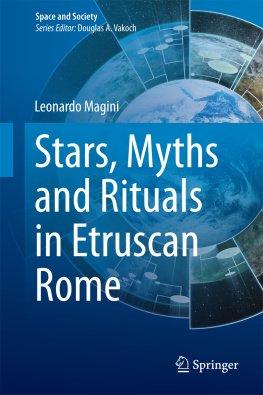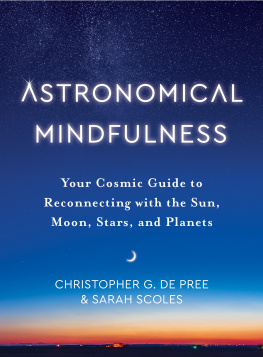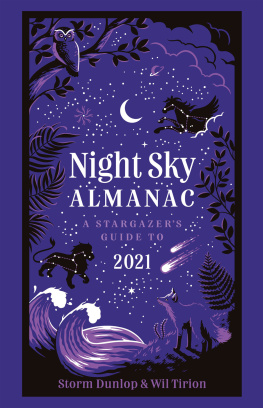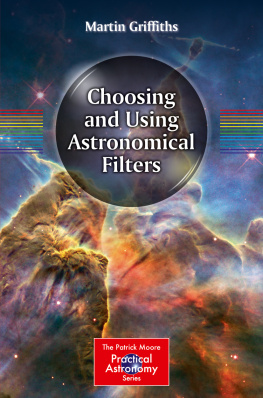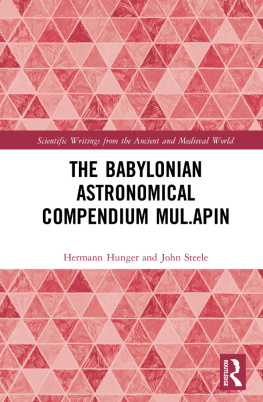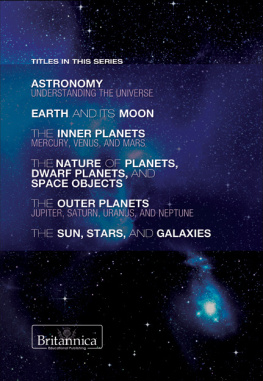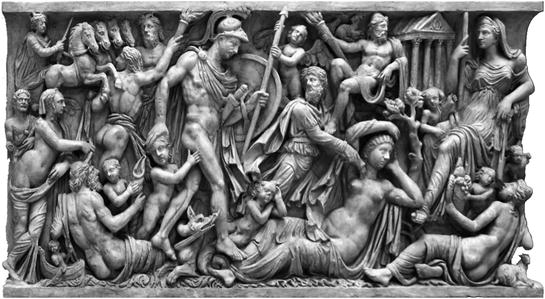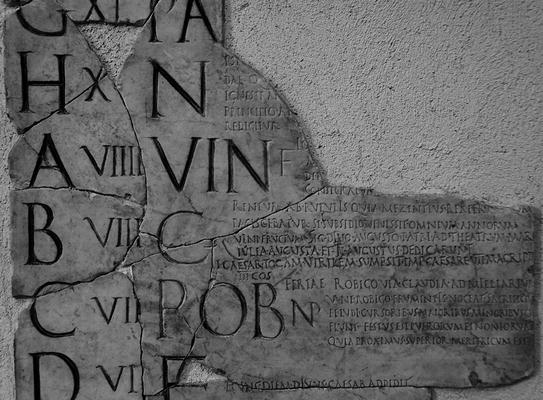1. The Beginning of Astronomical Time and the Feriae Martis
The third book of Ovids Fasti is dedicated to March, the first month of the Numan year. Right at the very beginning, before commencing his description of the months feasts, rites and myths, the poet writes of Romuluss conception:
Silvia the Vestal (for why not start from her?)
went in the morning to fetch water to wash the holy things.
When she had come to where the path ran gently down the sloping bank,
she set down her earthenware pitcher from her head.
Weary, she sat her on the ground and opened her bosom
to catch the breezes, and composed her ruffled hair.
While she sat, the shady willows and the tuneful birds
and the soft murmur of the water induced to sleep.
Sweet slumber overpowered and crept stealthily over her eyes,
and her languid hand dropped from her chin.
Mars saw her; the sight inspired him with desire,
and his desire was followed by possession,
but by his power divine he hid his stolen joys.
Sleep left her; she lies big, for already
within her womb there was Romes founder.
Thus was Romulus conceived (Fig. ), during what is, as we can surmise from the Vestals sleep, an undefined moment in time. The poet fails to mention the other eventthe other conjunctionthat on high accompanied the carnal conjunction on Earth which brought life to the founder of Rome. We rely on the historian Plutarch to discover this, in his essay On the Fortune of the Romans :
Fig. 1.1
Mars and Rhea Silvia. Romuluswas conceived when the god of war came down to Earth and conjoined with the sleeping vestal virgin; legend has it that the carnal conjunction occurred at the same time as a total solar eclipse. Sarcophagus Mattei detail, 220 CE, Palazzo Mattei and Vatican Museums, Rome. Photo by Giovanni dallOrtoWikimedia Commons
[] regarding the generation and conception of Romulus they record that the Sun was eclipsed and came into exact conjunction with the Moon at the time when Mars, a god, consorted with the mortal Silvia.
In his Life of Romulus , Plutarch repeats that according to Tarutius calculationsTarutius was an astronomer, astrologer and friend of CicerosRomulus was conceived by his mother
during a total eclipse of the Sun.
The start point of astronomical time for the descendants of Romulus begins with the exceptional and simultaneous conjunction of the representatives of the godsthe Sun and Moon in the sky, Mars and Silvia on Earthwith an initial Numan cycle (see Chap.
Footnotes
Ovid, Fasti , 3.1166; translation by J.G. Frazer. Quoted here are lines 1124: Silvia Vestalisquid enim vetat inde moveri? / sacra lavaturas mane petebat aquas. / Ventum erat ad molli declivem tramite ripam: / ponitur e summa fictilis urna coma; / fessa resedit humo ventosque accepit aperto / pectore, turbatas restituique comas. / Dum sedet, umbrosae salices volucresque canorae / fecerunt somnos et leve murmur aquae. / Blanda quies furtim victis obrepsit ocellis / et cadit a mento languida facta manus. / Mars videt hanc visamque cupit potiturque cupita / et sua divina arte fefellit ope. / Somnus abit, iacet ipsa gravis. Iam scilicet intra / viscera romanae conditor Urbis erat.
Plutarch, de fortuna Romanorum , 320B: , , .
Plutarch, Life of Romulus , 12.5: [] .
On the relationship between astral phenomena and the life of man, see Proclus ( Comment on Timaeus 40c; in Garin 1996, p. 132, no. 14): The occultation and reappearance of heavenly bodies that take place at given moments mark a renewal of the cosmos and the beginning of cycles. Upon these phenomena, earthly things transform and change.
On Romulus, see M. Eliade ( Histoire des religions , p. 219; cited by Liou-Gille 1980, pp. 162163), who writes: The appearance of a given child coincides with an auroral moment: the creation of the cosmos, the creation of new world, a new historical age.
Notably, in the West, our tally of years starts from the birth of a rather special baby.
2. The Numan Year, the Romulean Year and the Feriale Antiquissimum
The oldest Western calendar with a clear link to astronomy is traditionally attributed to the second King of Rome, Numa Pompilius (715673 BCE).
His twelve-month lunar year began in March. Four of his monthsi.e. March, May, July and Octoberwere 31 days long; the other months (see Fig. ) lasted 29 days, except for February, which had 28 days (see Summary Chart).
Fig. 2.1
The month of April, detail the second month of the Numan calendar and its festivities. Fasti Praenestini , detail. Fasti praenestini , between 6 and 9 CE, Palazzo Massimo/Museo Nazionale Romano, Rome. Photo by Marie-Ian Guyen-Wikimedia Commons
The Numan year was 355 days long, compared with a natural length of 354.3672 (=12 29.5306); the absolute error was +0.6328 days, or 1.78 103 in percentage terms.
However, the Roman tradition retained traces of a calendar that predated the Numan calendar, which was attributed to the citys founder, Romulus (754716 BCE),).
Both Romulean and Numan calendars contained feast days. The so-called Feriale antiquissimum a modern nameis a list of officially-sanctioned festivities dating back to the earliest Roman kings. A handful of these feast dayssuch as Parilia and Saturnalia already existed before the foundation of Rome; some of them were established by Romulus; and many others were decreed by Numa Pompilius.
In more recent times, the Feriale consisted of forty-five feast days, plus the twelve Idus dedicated to Jupiter, making a total of fifty-seven feast days. The following feast days were designated in official calendars using capital letters:
in March, the Equirria on 14, the Liberalia on 17, the Quinquatrus on 19, and the Tubilustrium on 23;
in April, the Fordicidia on 15, the Cerialia on 19, the Parilia on 21, the Vinalia on 23, and the Robigalia on 25;
in May, 3 days of the Lemuria on 9, 11 and 13, the Agonalia on 21, and the Tubilustrium on 23;
in June, the Vestalia on 9, and the Matralia on 11;
in July, the Poplifugium on 5, 2 days of Lucaria on 19 and 21, the Neptunalia on 23, and the Furrinalia on 25;
in August, the Portunalia on 17, the Vinalia on 19, the Consualia on 21, the Volcanalia on 23, the Opiconsivia on 25, and the Volturnalia on 27;
in October, the Meditrinalia on 11, the Fontinalia on 13, and the Armilustrium on 19;
in December, the Agonalia on 11, the Consualia on 15, the Saturnalia on 17, the Opalia on 19, the Divalia on 21, and the Larentalia on 23;

